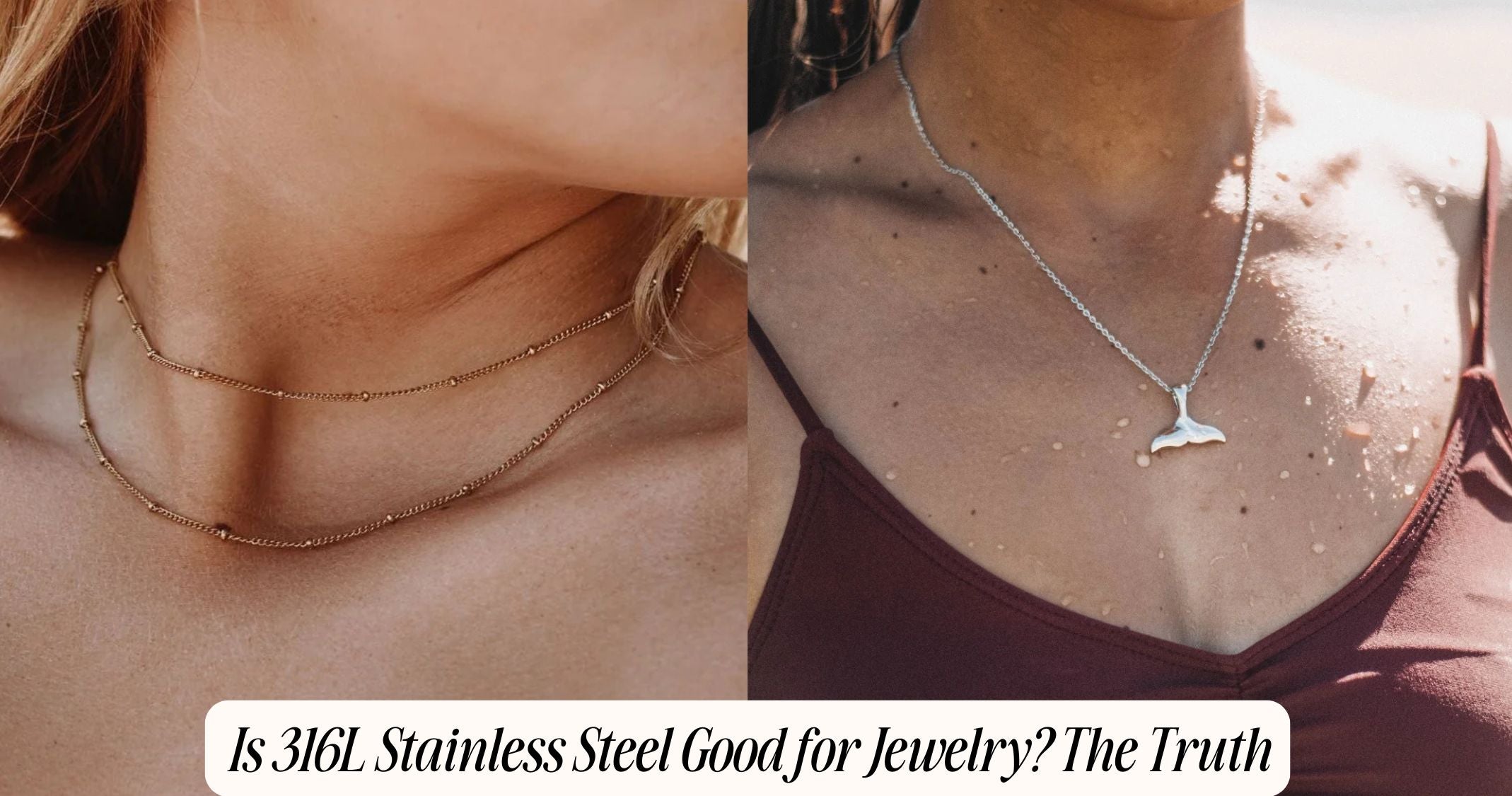
Is 316L Stainless Steel Good for Jewelry? The Truth
If you’ve ever wondered is 316L stainless steel good for jewelry, the answer is a resounding yes. This premium-grade metal offers exceptional corrosion resistance, making it ideal even in harsh environments. Its hypoallergenic properties are perfect for sensitive skin, while its impressive durability and low maintenance ensure your pieces stay pristine over time. Plus, being highly recyclable, it’s an environmentally responsible choice. With a mirror-like finish and versatile design potential, 316L stainless steel delivers both beauty and strength. Explore our Simple Stainless Steel Necklace collection to see how this material shines in timeless, minimalist styles. Continue reading to discover how it compares to other jewelry materials.
Understanding 316L Stainless Steel
When you investigate the specifics of 316L stainless steel, you'll discover it's an alloy renowned for its exceptional corrosion resistance and strength. This material excels in environments where exposure to chlorides or acidic conditions could compromise other metals.
Its corrosion resistance enhances its suitability for jewelry, especially in marine or humid settings. Additionally, 316L's temperature stability guarantees it maintains structural integrity even under fluctuating thermal conditions, which is critical for durability.
This stability makes it ideal for applications where temperature variations are common, preventing deformation or weakening. In jewelry, these characteristics mean your pieces won't tarnish or degrade easily over time.
You can rely on 316L stainless steel for resilient, long-lasting adornments that withstand the challenges of daily wear.
The Composition and Properties of 316L
Although 316L stainless steel may appear similar to other metals at first glance, its unique composition sets it apart. You’ll find its chemical composition includes chromium (16-18%), nickel (10-14%), and molybdenum (2-3%), enhancing its resistance to corrosion and oxidation.
Carbon content is kept low (maximum 0.03%), reducing carbide precipitation and increasing weldability.
In terms of physical properties, 316L exhibits impressive strength and ductility. It can withstand high temperatures without losing its structural integrity, making it ideal for intricate jewelry designs.
Additionally, its non-magnetic nature guarantees it doesn't interfere with magnetic fields, a vital consideration for specific applications. Its surface can be polished to a high sheen, maintaining a luxurious appearance while being practical for daily wear.
Durability in Jewelry: How 316L Stands Up
316L stainless steel excels in durability, making it a preferred choice for jewelry. Its robust nature is attributed to its impressive scratch resistance, guaranteeing your jewelry maintains a pristine appearance even with regular wear.
This alloy’s exceptional hardness minimizes surface damage, reducing the likelihood of scratches and abrasions over time. Additionally, 316L’s corrosion resistance is a significant advantage. It effectively withstands exposure to moisture, sweat, and various chemicals, preventing tarnish and rust.
This property guarantees that your pieces remain visually appealing and structurally sound, even in harsh conditions. By choosing 316L stainless steel, you’re investing in jewelry that offers longevity and resilience, allowing you to enjoy its beauty without worrying about frequent maintenance or replacement.
Aesthetic Appeal: The Look of 316L Stainless Steel
In addition to its remarkable durability, the aesthetic appeal of 316L stainless steel makes it an attractive choice for jewelry enthusiasts. Its high shine factor offers a mirror-like finish, ensuring your pieces stand out with a lustrous, polished look. This shine doesn't fade easily, maintaining its brilliance over time with minimal maintenance.
Moreover, 316L stainless steel exhibits subtle color variations, ranging from a cool silver to a warmer, subdued grey. These variations allow for versatility in design, complementing a wide range of styles and skin tones.
The metal's inherent ability to reflect light efficiently adds depth and dimension, enhancing the overall visual impact. Consequently, 316L stainless steel not only performs well but also excels in aesthetic allure.
Hypoallergenic Qualities and Skin Sensitivity
Why should you consider 316L stainless steel for jewelry if you have sensitive skin?
316L stainless steel, known for its hypoallergenic properties, minimizes the risk of skin reactions. It's especially advantageous if you've experienced adverse effects with other metals.
This alloy contains minimal nickel, reducing irritants that often trigger allergic responses. When allergy tests reveal sensitivities, opting for materials like 316L can be a practical solution.
Its composition is less reactive, making it a favorable choice for daily wear. You don't have to worry about discomfort or irritation, as the alloy's stability guarantees it remains gentle on your skin.
Maintenance and Care for 316L Jewelry
When considering the care of your 316L stainless steel jewelry, it's important to understand its robust yet elegant nature. Its corrosion resistance makes it low-maintenance, but regular attention guarantees longevity.
Cleaning methods include gentle soap and warm water, using a soft cloth to avoid scratches. Dry thoroughly to prevent water spots. For deeper cleaning, a mild ammonia solution can be effective. Avoid harsh chemicals as they might dull the finish.
Storage tips are essential; store pieces separately in a soft pouch or lined box to prevent abrasions. Keep away from humidity and direct sunlight, which can tarnish the surface over time.
Comparing 316L to Other Jewelry Materials
Though jewelry enthusiasts often face a multitude of choices, 316L stainless steel stands out due to its unique properties.
In a 316L comparison with other jewelry materials, consider its resistance to corrosion and tarnish, which surpasses that of sterling silver. Unlike gold, 316L doesn't require plating to maintain its shine, offering a cost-effective alternative.
It's hypoallergenic, reducing allergic reactions common with nickel-based alloys. When you compare it to titanium, 316L is heavier, providing a more substantial feel, yet still comfortable for daily wear.
Its hardness guarantees durability, resisting scratches better than softer metals like gold or silver. Therefore, 316L stainless steel presents a balanced option for both aesthetics and functionality in the diverse world of jewelry materials.
Environmental Impact and Sustainability
While considering the environmental impact and sustainability of 316L stainless steel in jewelry, it's important to examine its lifecycle.
316L stainless steel is highly recyclable, with a significant portion of its production sourced from recycled materials, reducing the demand for virgin resources. This characteristic enhances its environmental footprint positively.
By opting for 316L stainless steel, you're supporting sustainable sourcing practices, which decrease the extraction of raw materials and the related environmental degradation.
Additionally, the durability of 316L stainless steel means less frequent replacements, resulting in less waste generation over time. Its corrosion resistance also reduces maintenance needs, conserving resources.
Ultimately, choosing jewelry made from 316L stainless steel contributes to a more sustainable and environmentally responsible consumption pattern.
Popular Types of 316L Stainless Steel Jewelry
Choosing jewelry made from 316L stainless steel not only supports sustainable practices but also opens up a diverse range of popular options.
With its corrosion-resistant properties, this alloy is perfect for crafting trending designs like minimalist rings, statement necklaces, and bold bracelets. You'll find that its durability and hypoallergenic nature make it ideal for everyday wear.
Celebrity endorsements have greatly boosted its popularity, with many stars opting for 316L stainless steel due to its modern aesthetic and affordability.
These high-profile endorsements drive demand for pieces like hoop earrings and layered necklaces, ensuring they stay at the forefront of fashion.
As you explore these options, you'll notice that 316L stainless steel offers a versatile and stylish choice for contemporary jewelry enthusiasts.
Tips for Buying 316L Stainless Steel Jewelry
When purchasing 316L stainless steel jewelry, it’s important to assess a few key factors to guarantee you make a wise investment.
First, evaluate the trendy designs available, making sure they align with your personal style and current fashion trends. Inspect the jewelry for quality craftsmanship, looking closely at details such as smooth edges and secure clasps.
Next, conduct a thorough price comparison. This involves researching multiple retailers and platforms to confirm competitive pricing. Don't overlook potential deals or discounts that can enhance value.
Additionally, verify the seller's reputation by checking reviews and ratings. A reputable seller often indicates authenticity and reliability.
Frequently Asked Questions
Can 316L Stainless Steel Jewelry Be Resized or Adjusted?
You can resize 316L stainless steel jewelry, but it's challenging. Resizing options are limited due to its hardness. Adjustment techniques often involve cutting and welding, requiring skilled craftsmanship to maintain integrity and finish without compromising the piece's durability.
Is 316L Stainless Steel Magnetic?
Yes, 316L stainless steel is slightly magnetic due to its composition. However, its magnetic properties are minimal compared to other steels, ensuring it maintains excellent corrosion resistance, making it suitable for various jewelry applications.
How Does 316L Stainless Steel Interact With Different Jewelry Cleaning Solutions?
316L stainless steel interacts well with most jewelry cleaning solutions due to its excellent corrosion resistance. You should avoid harsh chemicals, which might compromise the surface, but mild cleaners maintain its shine without causing damage.
Can 316L Stainless Steel Jewelry Be Engraved or Personalized?
Yes, you can engrave 316L stainless steel using laser or rotary engraving techniques. Personalization options include intricate designs and text. Guarantee precision by selecting skilled craftsmen who use advanced tools for detailed, lasting results on your jewelry.
Does 316L Stainless Steel Jewelry Tarnish Over Time?
You won't see 316L stainless steel jewelry tarnish easily, thanks to its corrosion resistance and chromium content. However, applying tarnish prevention techniques and understanding jewelry longevity factors can further enhance its durability and appearance.
Conclusion
When you choose 316L stainless steel for jewelry, you're opting for durability, aesthetic appeal, and hypoallergenic properties. Its resilience against scratches and tarnish makes it ideal for everyday wear. Unlike many other materials, 316L’s sleek appearance pairs well with diverse styles. Plus, its hypoallergenic nature reduces skin irritation. Environmentally, it’s a sustainable choice due to its recyclability. For a balance of style, strength, and sustainability, 316L stainless steel is a smart choice in jewelry.


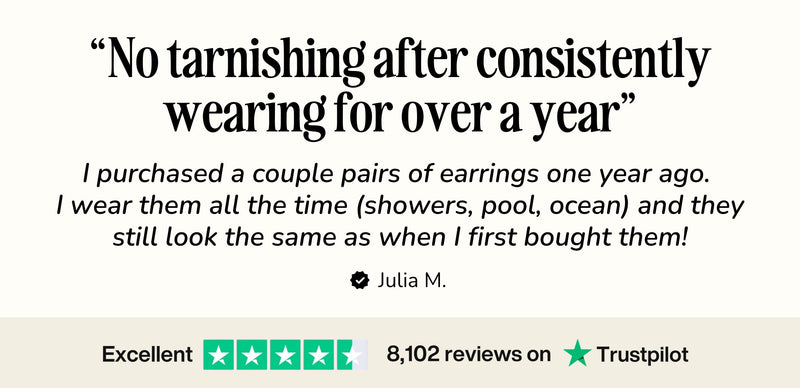




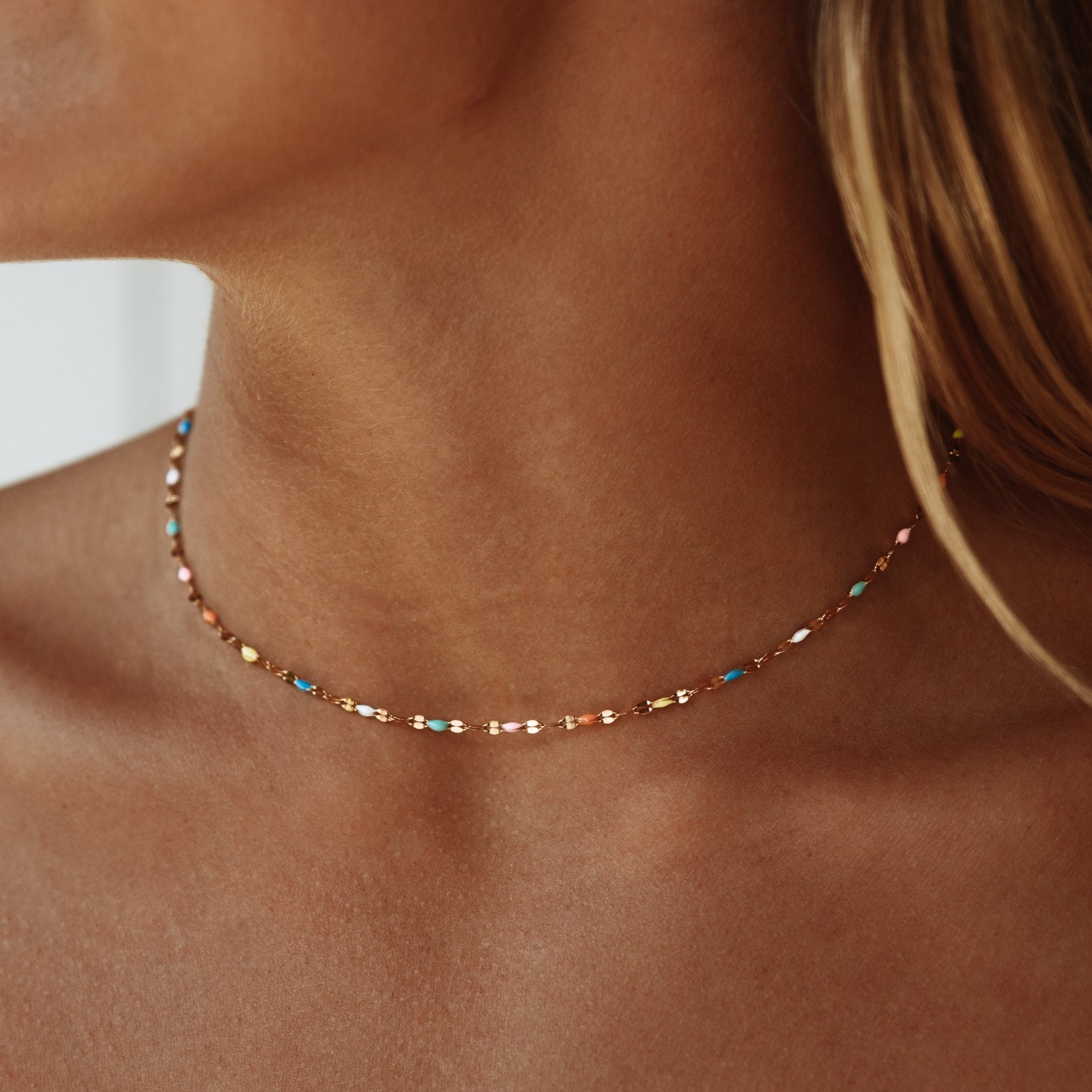
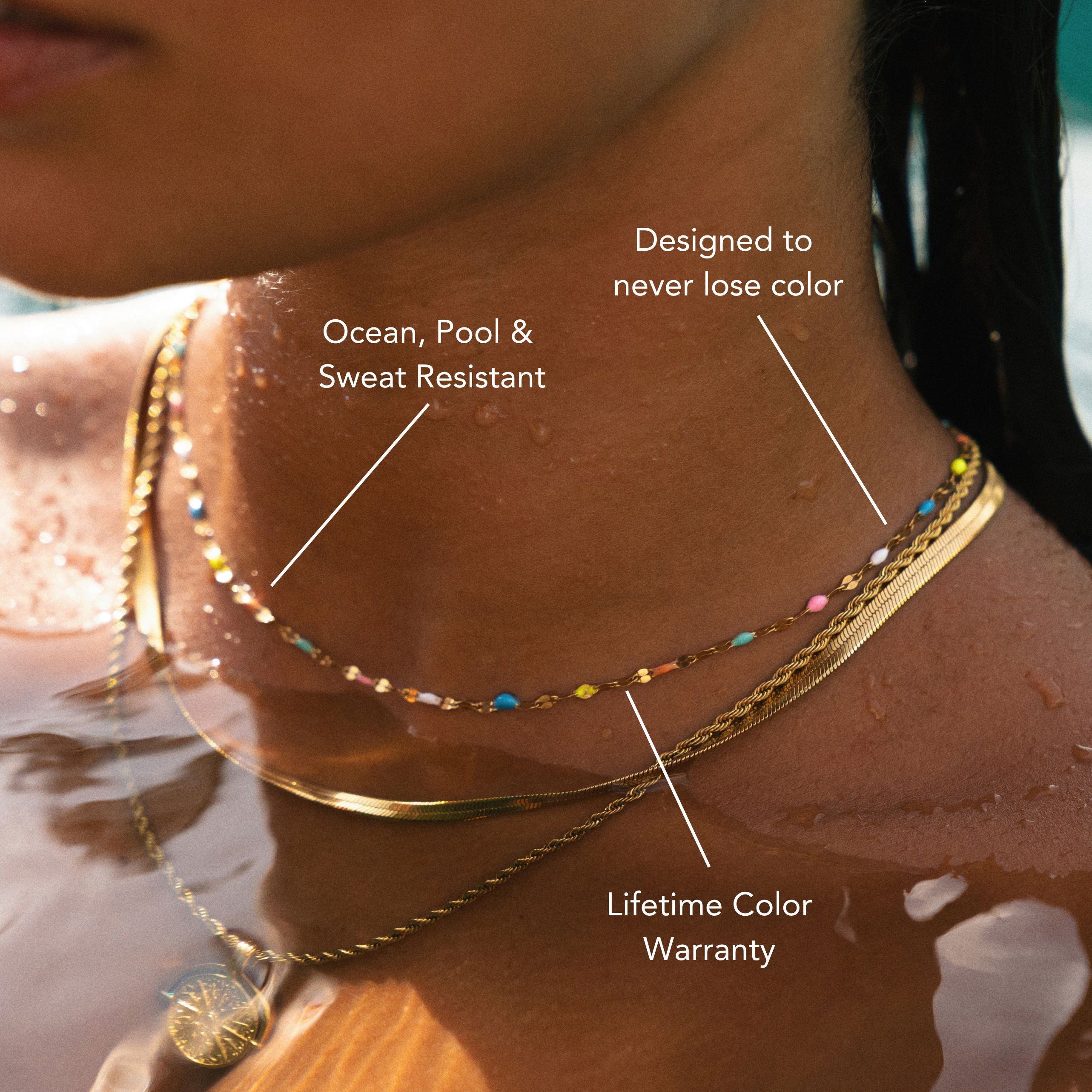
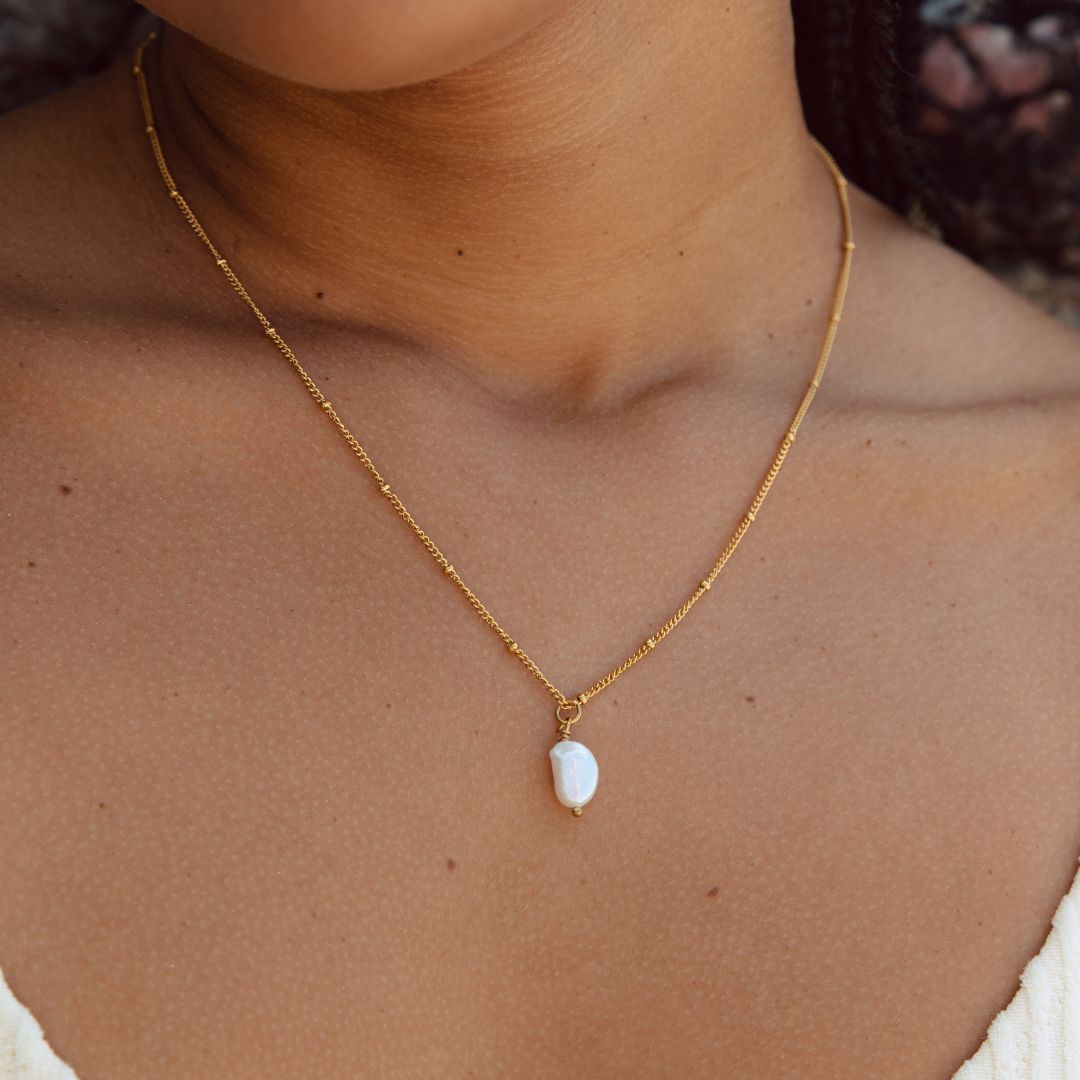

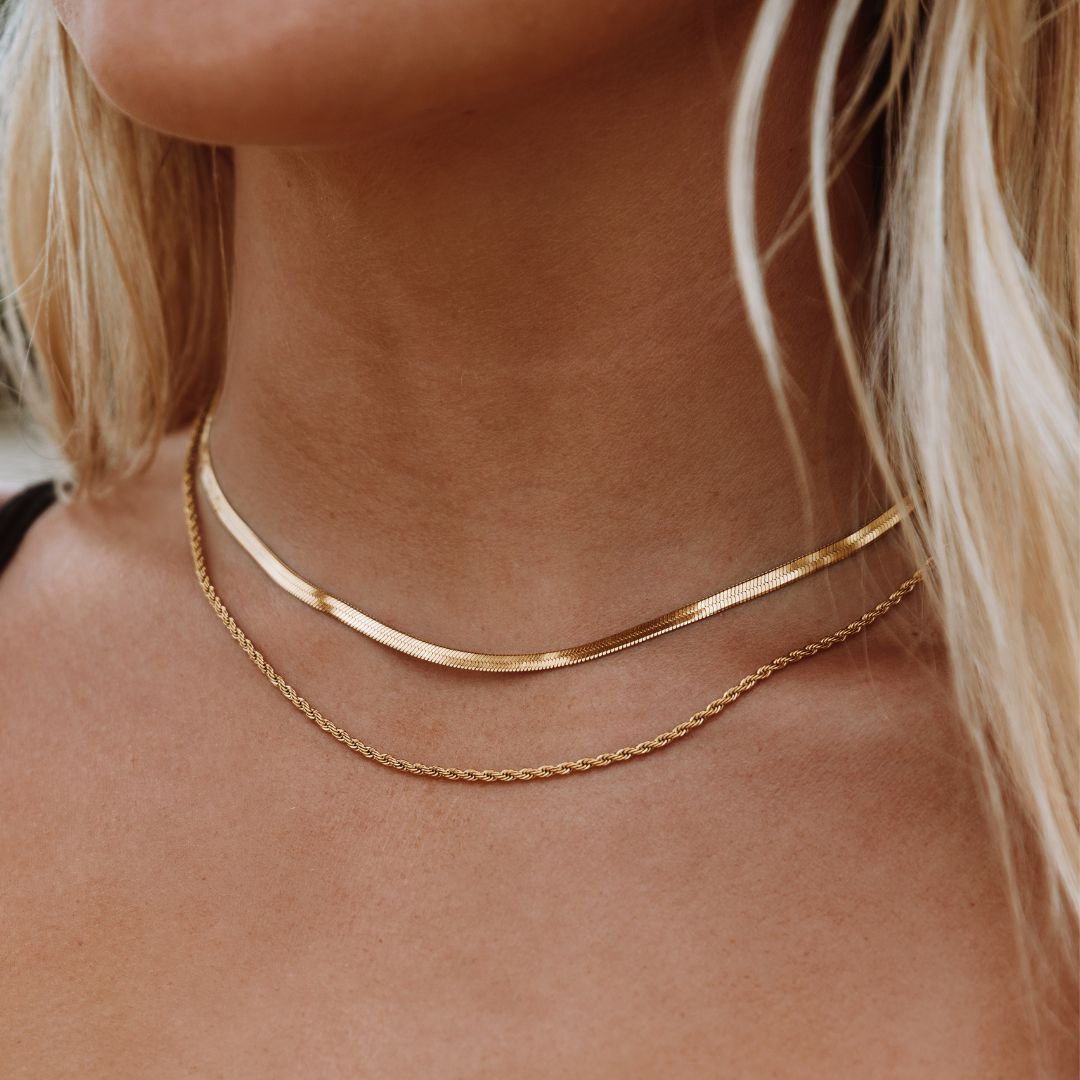
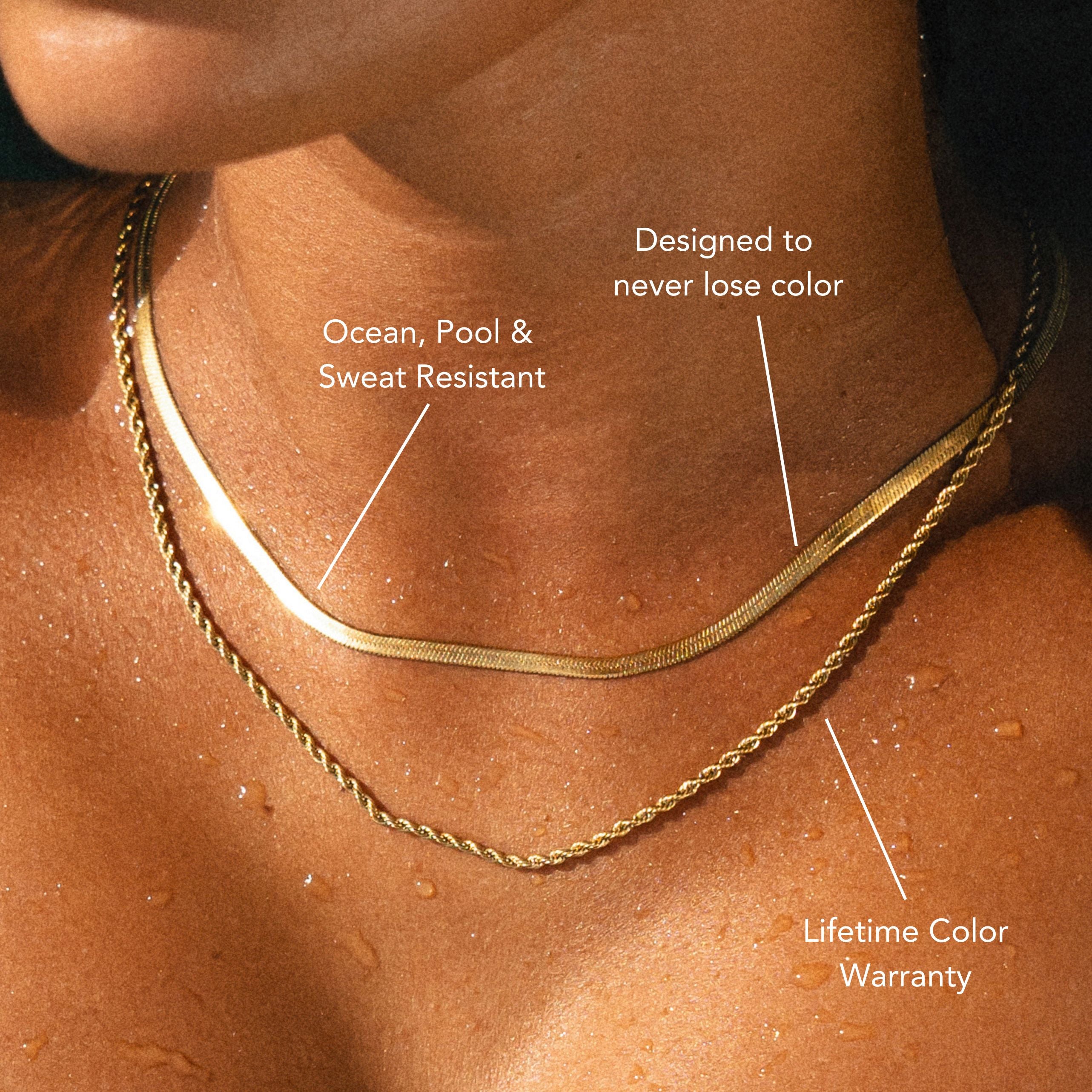
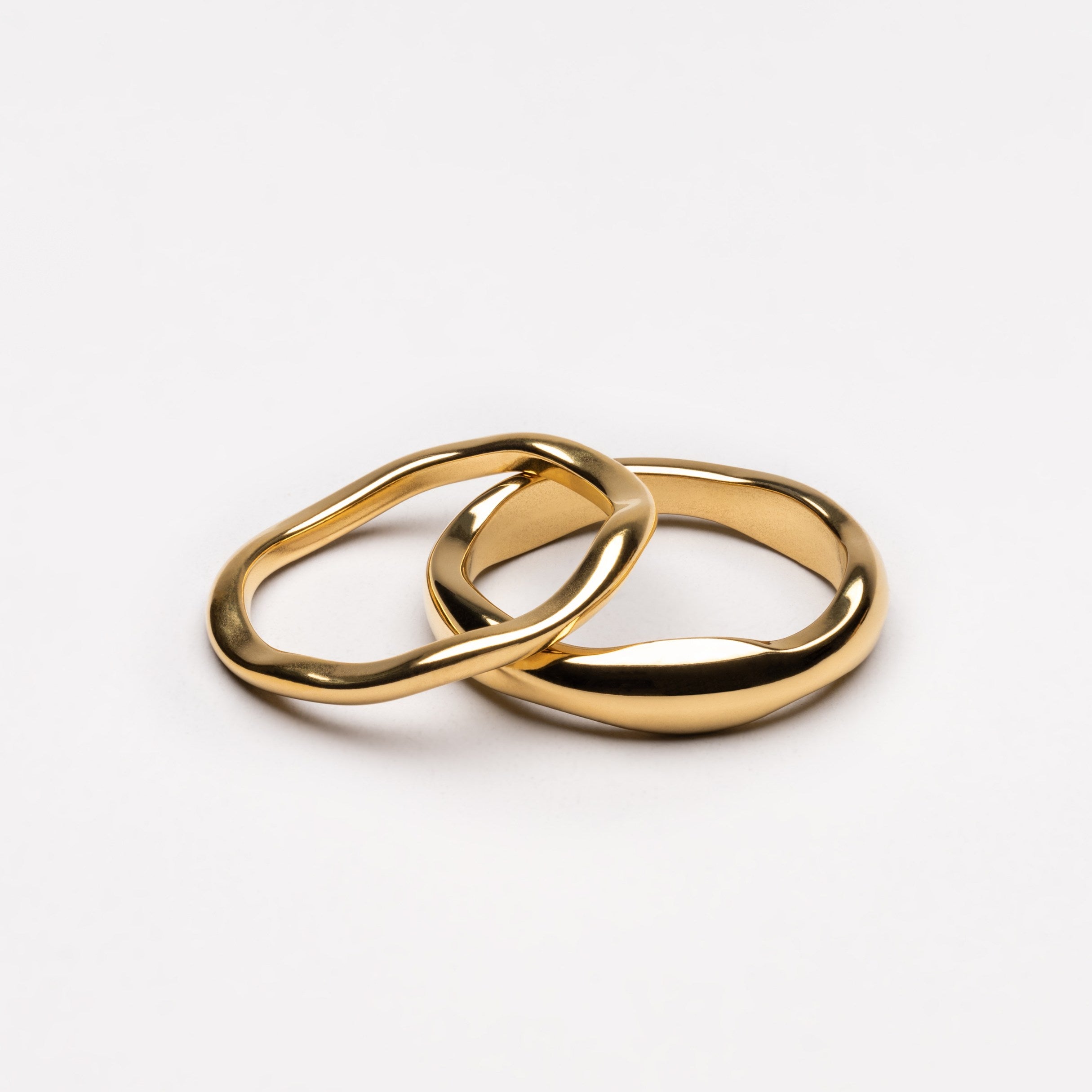
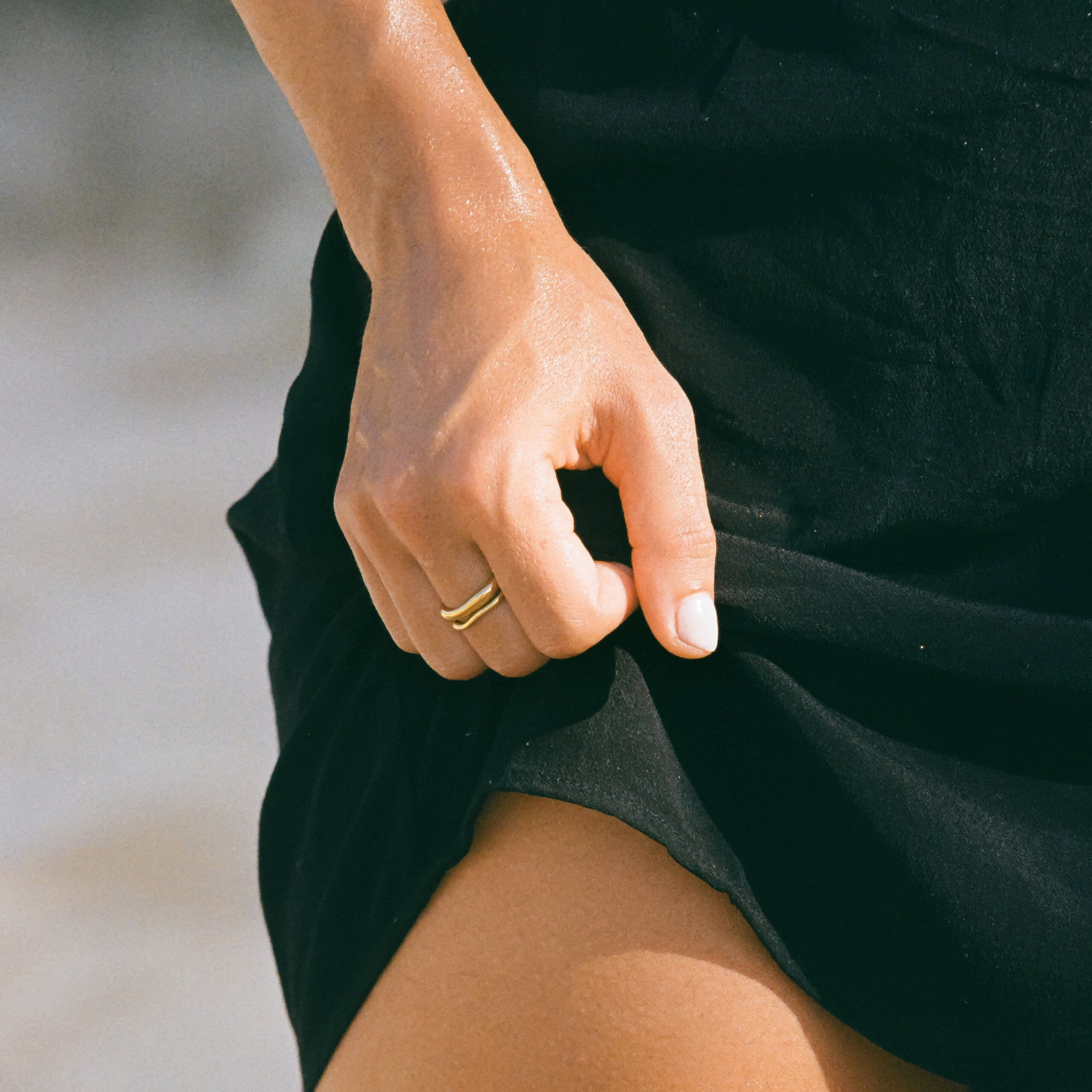
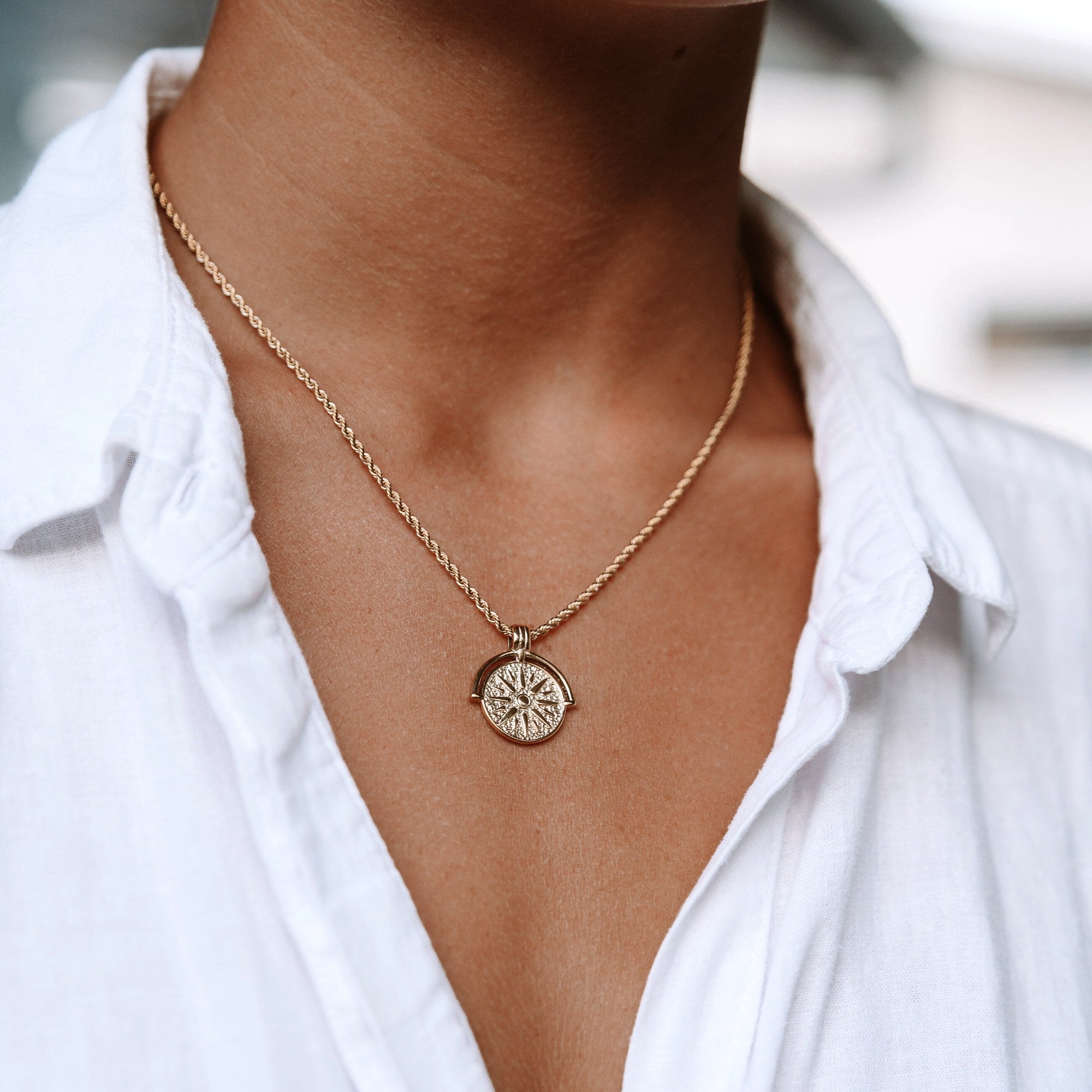
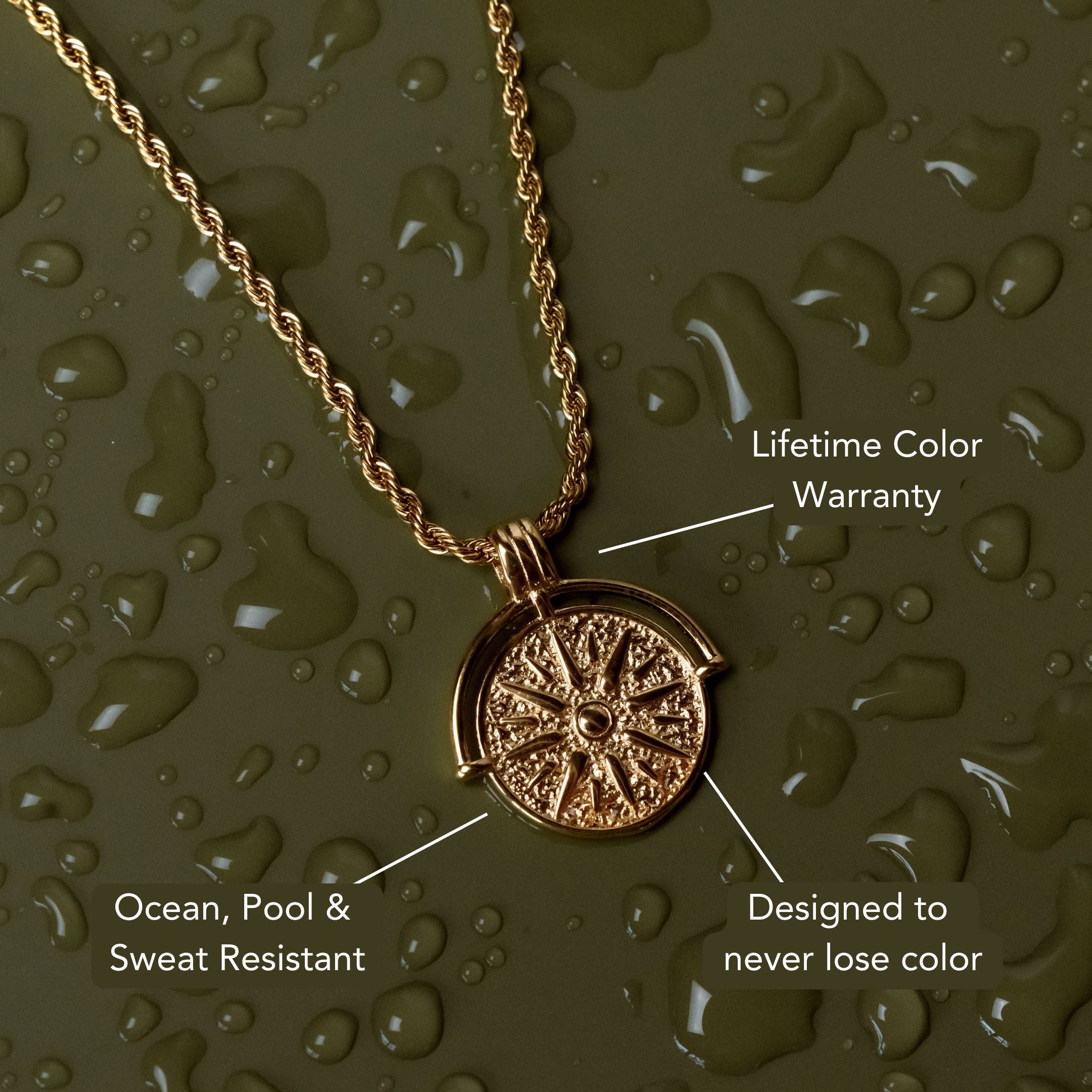
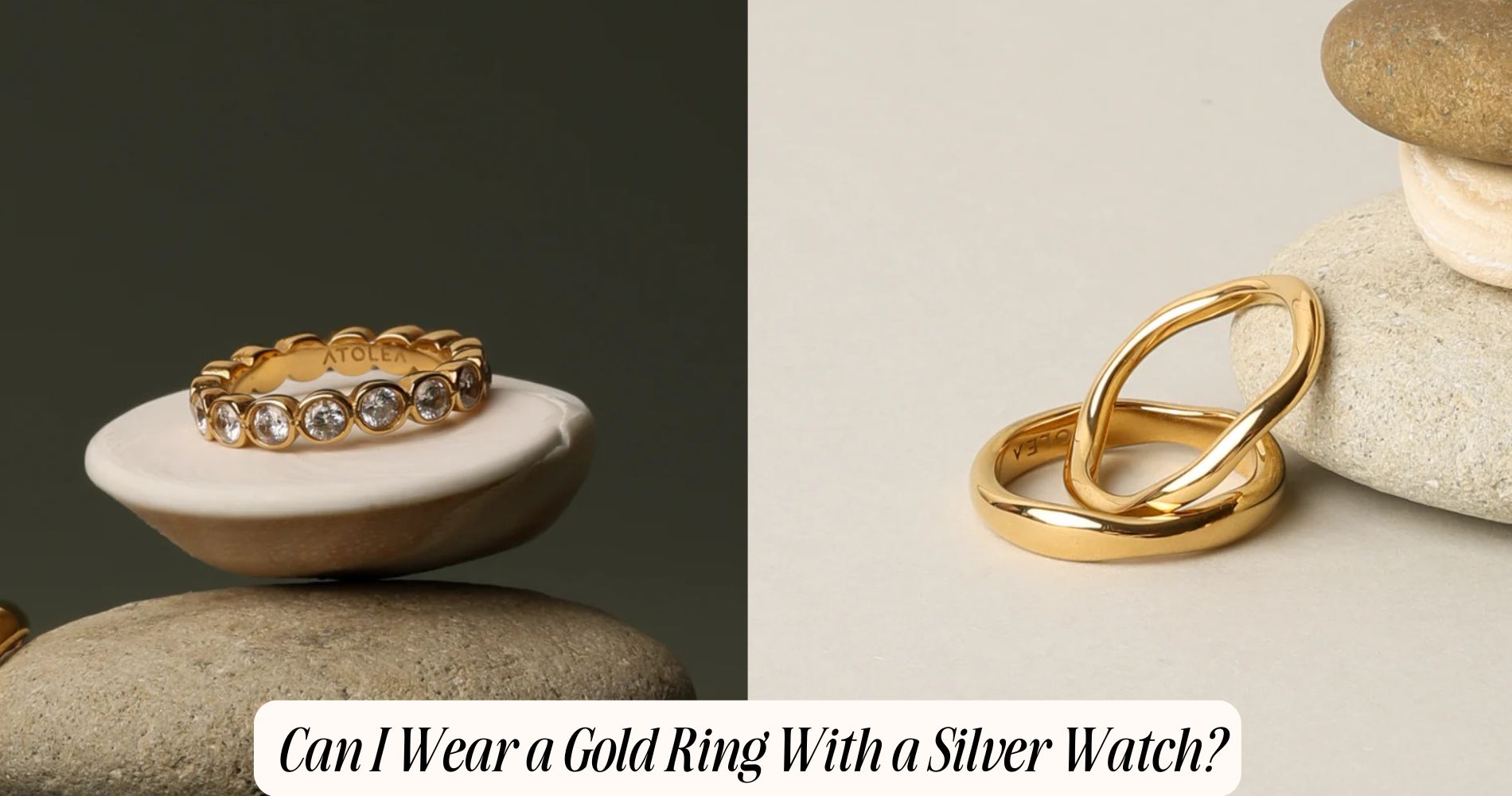
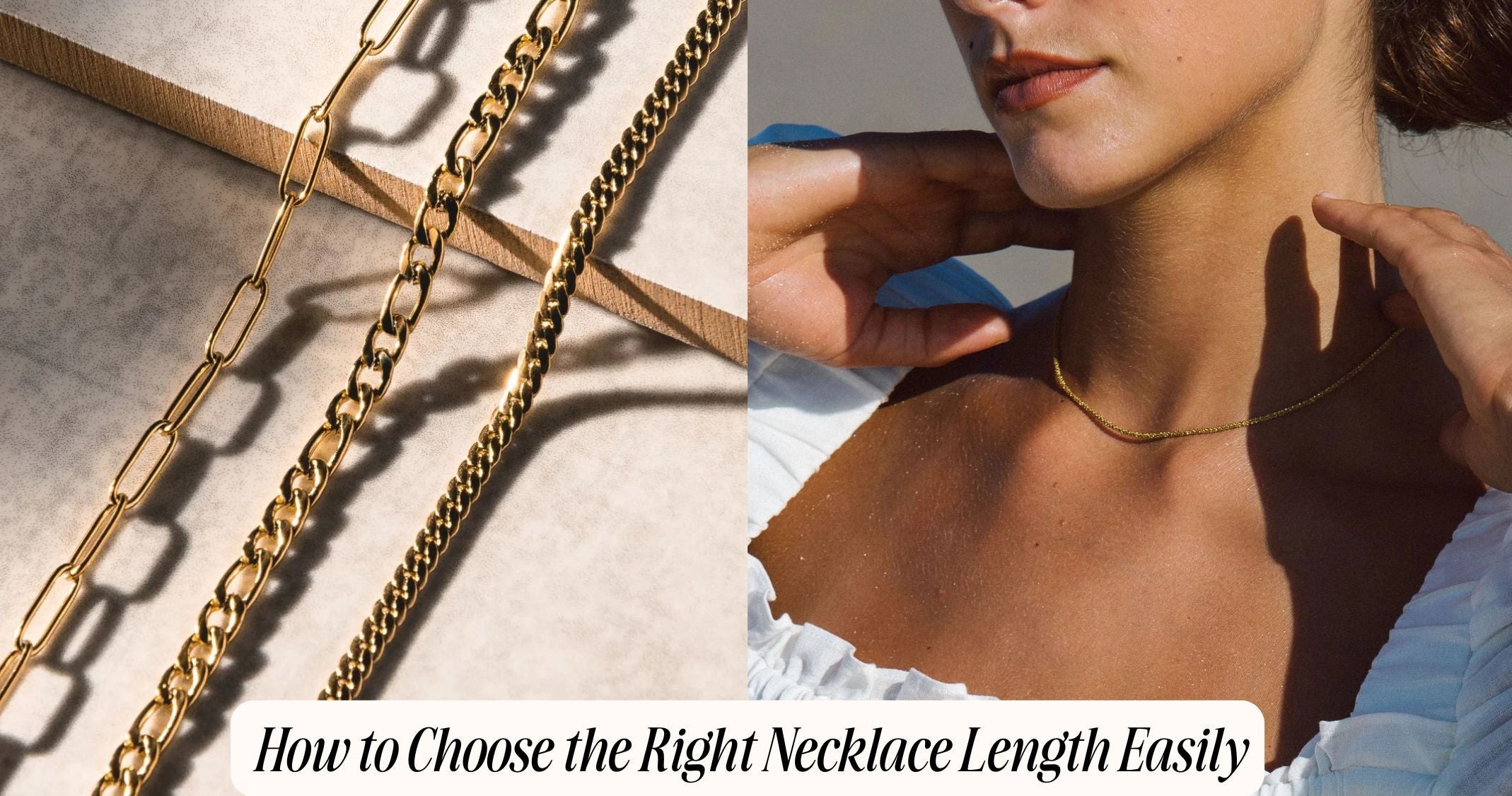




Leave a comment
This site is protected by hCaptcha and the hCaptcha Privacy Policy and Terms of Service apply.